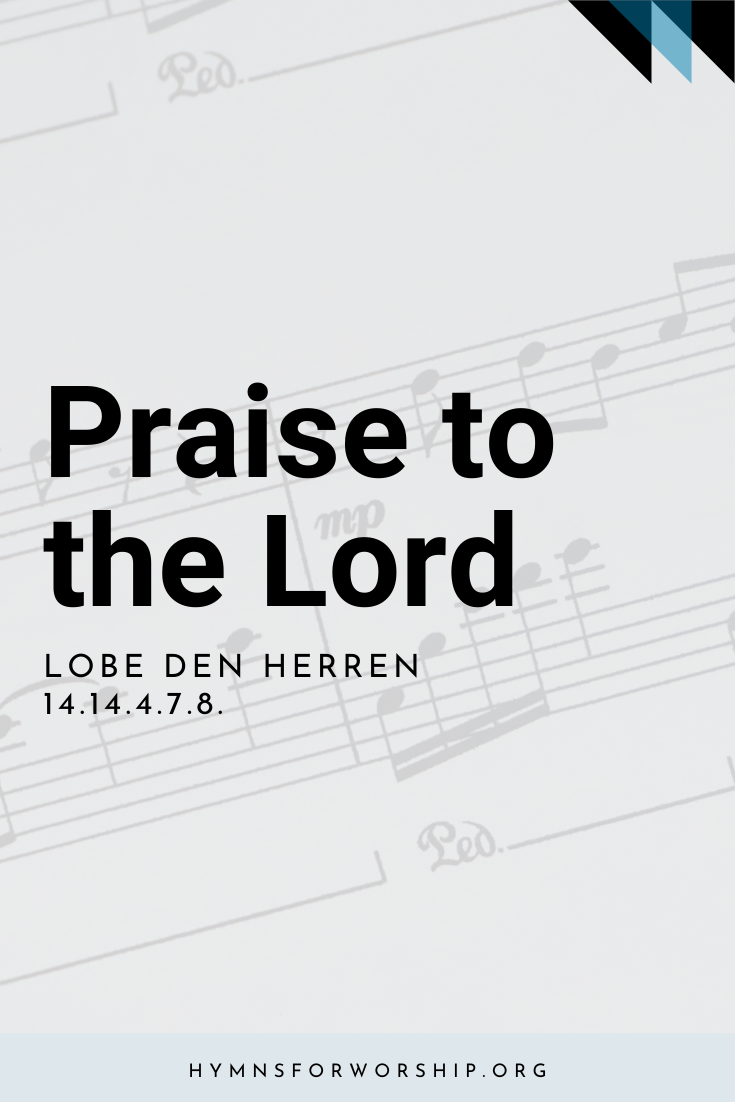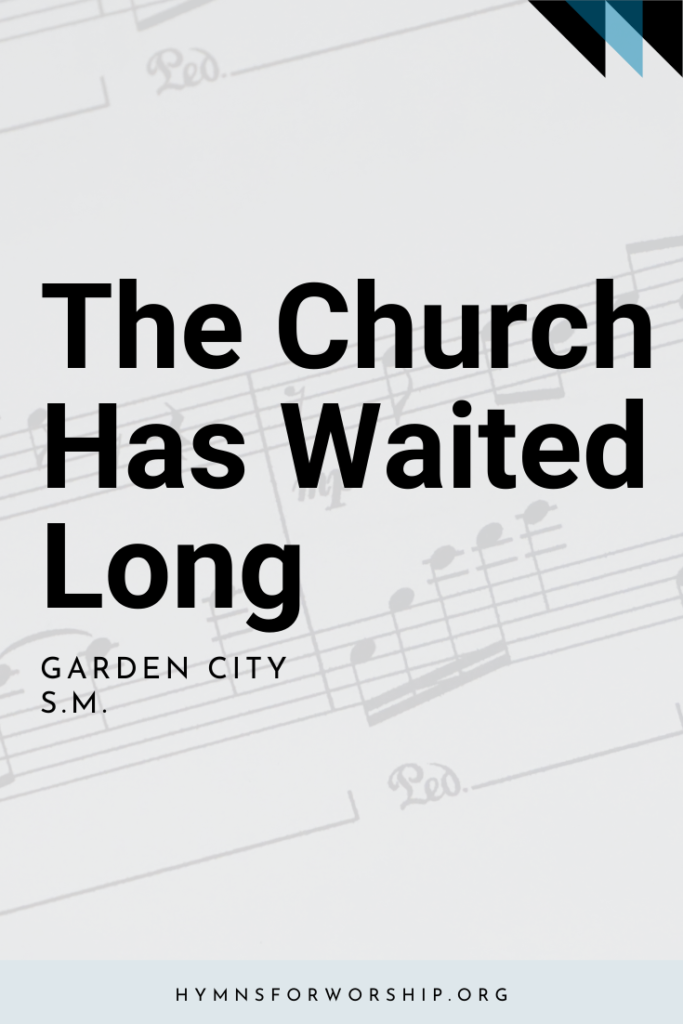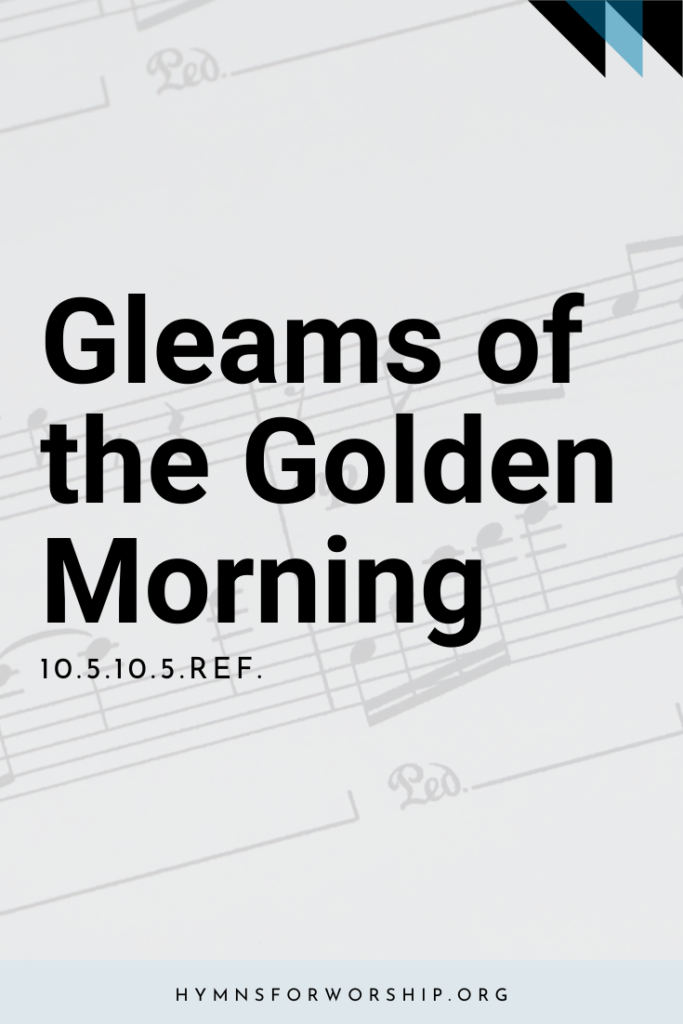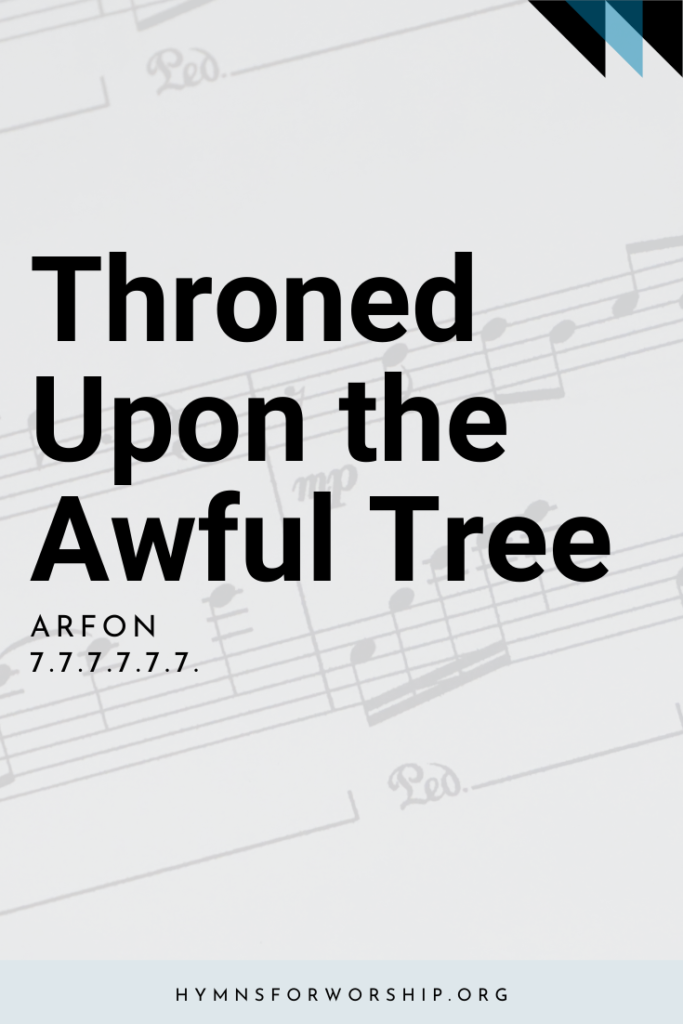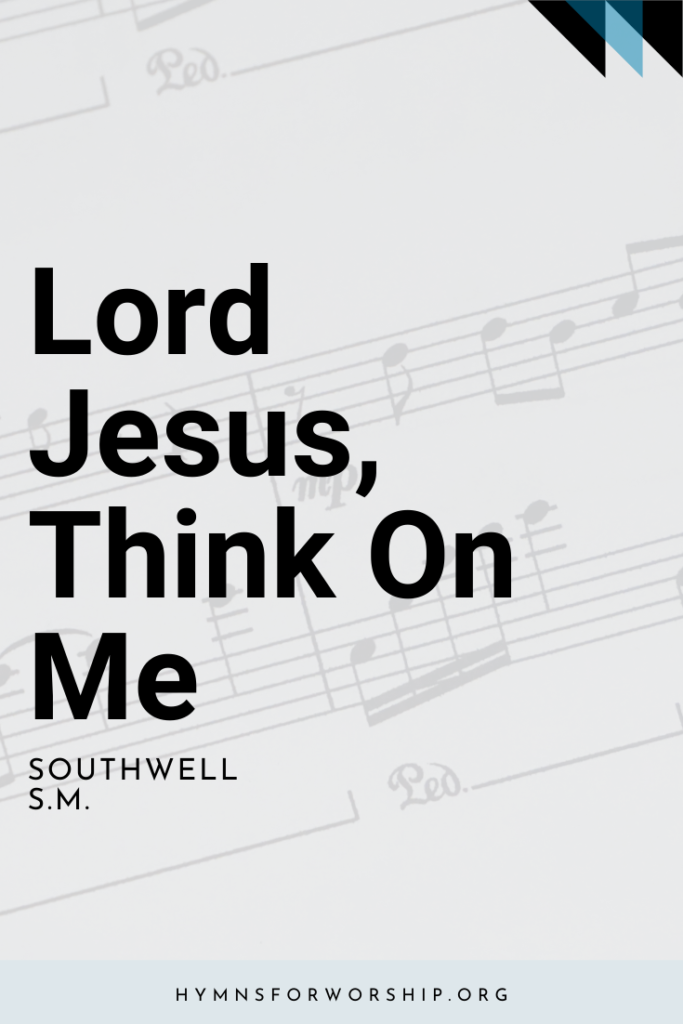WORSHIP >> Adoration & Praise
SDAH 1
Praise to the Lord, the Almighty, the King of creation!
O my soul, praise Him, for He is thy health and salvation!
All ye who hear, now to His temple draw near;
Join ye in glad adoration!
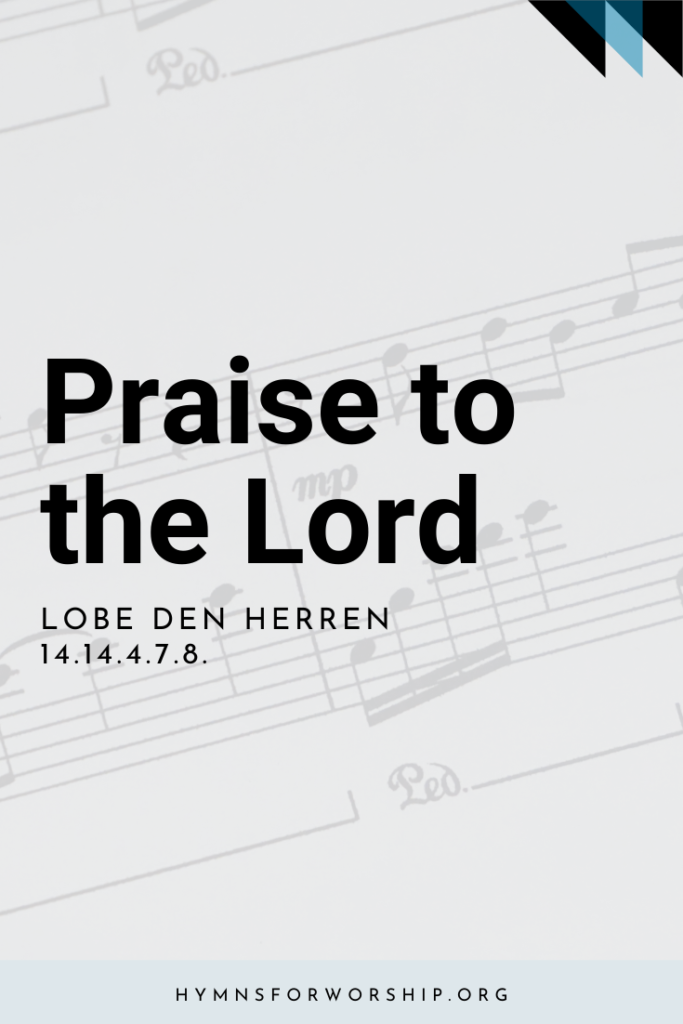

Get the hymn sheet in other keys here
For Worship Leaders
Make each hymn more meaningful with these helpful tools: Short, ready-to-use hymn introductions for church bulletins, multiple ways to introduce a hymn based on your worship theme and in-depth history and insights to enrich your song service.
Hymn Spotlight: Praise to the Lord
A timeless call to worship, Praise to the Lord was originally written by Joachim Neander (1650–1680) in 1680 while he was serving as assistant preacher at St. Martin’s Church in Bremen, Germany. Inspired mainly by Psalm 103:1-6 and Psalm 150, Neander’s hymn was published in Alpha and Omega, Practice of Faith and Love of Joachim Neander. The well-known English translation we sing today was completed by Catherine Winkworth (1827–1878) in Chorale Book for England (1863), though some stanzas from Neander’s original text have been omitted.
The hymn tune, LOBE DEN HERREN (meaning “Praise the Lord”), was adapted from a melody first published in a 1665 songbook in Stralsund, Germany. The arrangement found in many hymnals, including the SDA Hymnal, was harmonized by William Sterndale Bennett and Otto Goldschmidt.
For generations, this hymn has stirred hearts with its majestic praise, calling all that has life and breath to adore the Lord.


Text
1
Praise to the Lord, the Almighty, the King of creation!
O my soul, praise Him, for He is thy health and salvation!
All ye who hear, now to His temple draw near;
Join ye in glad adoration!
2
Praise to the Lord, Who o’er all things so wondrously reigneth,
Shieldeth thee under His wings, yea, so gently sustaineth!
Hast thou not seen how thy desires e’er have been
Granted in what He ordaineth?
3
Praise to the Lord, who doth prosper thy work and defend thee;
Surely His goodness and mercy here daily attend thee.
Ponder anew what the Almighty can do,
If with His love He befriend thee.

Hymn Info
Biblical Reference
Psalm 103:2-5
Author
Joachim Neander (1650-1680)
Translator
Catherine Winkworth (1827-1878)
Year Published
1863
Hymn Tune
LOBE DEN HERREN
Metrical Number
14.14.4.7.8.
Arranger
Wm. S. Bennett
Tune Source
Chorale Book for England, 1863
Theme
ADORATION AND PRAISE
Recommended Reading
Explore other blog articles relevant to this hymn

One of Elizabeth Barrett Browning’s most popular sonnets is “How Do I Love Thee” where she lists the depth of her love for her husband through hyperbole, or exaggeration. Joachim Neander wrote “Praise to the Lord, the Almighty” in the same vein by listing the reasons why we should praise God.

For the past few days, I’ve been waking up with this tune in my head. And it’s actually a very beautiful tune that perfectly matches Joachim Neander’s hymn about extolling praises to God. So I tried googling around to see any arrangements that fits the grandiose, majestic, and yet devoted nature of God when it comes to relating with us.
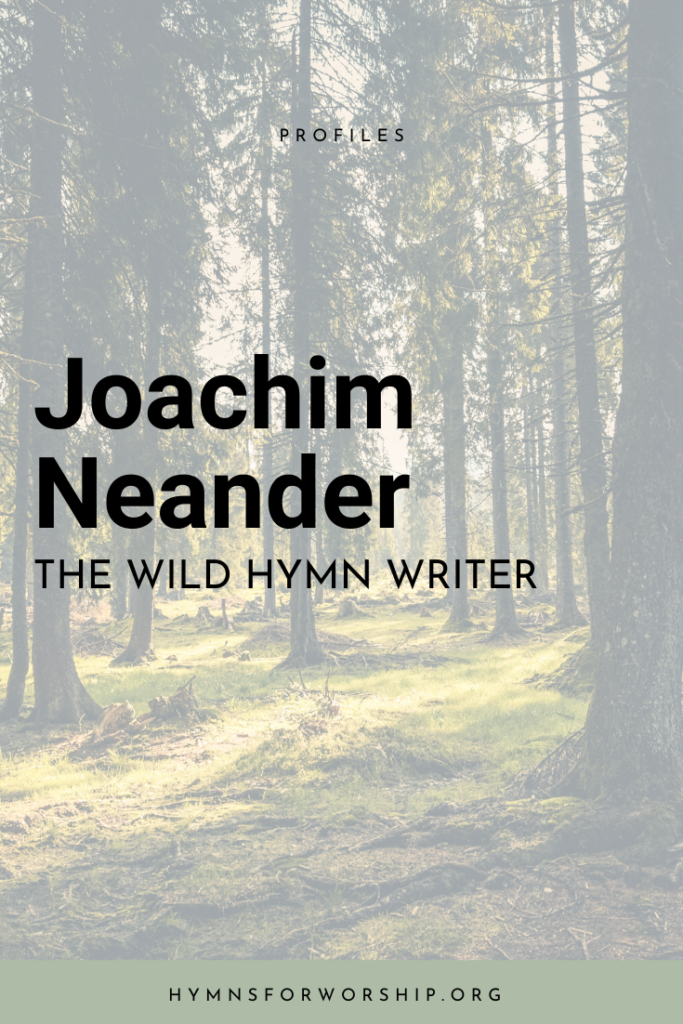
The year was 1670. The Pietist movement was sweeping fast across the Protestant areas of Germany. Many sermons placed an emphasis on personal religion. And at St. Martin’s church in Bremen, it was no different. Using 1 Peter 1 as a basis of his sermon, the preacher gave a powerful call to a real spiritual rebirth, a true inward holiness.

